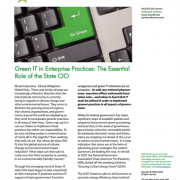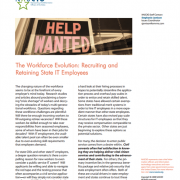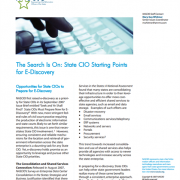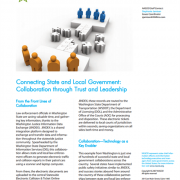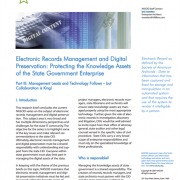Governance of Geospatial Resources: “Where’s the Data? Show Me” – Maximizing the Investment in State Geospatial Resources
Geospatial resources refer to a whole discipline around managing data with a spatial orientation or component to support better decision making. Geospatial resources include a field of knowledge, people, policies, processes, standards, and technology that are not only necessary for everyday decision making but also critical for continuity of operations and disaster recovery. A new emphasis on location aware is evidenced further as State CIOs named “GIS” on their Top Ten list of Priority Technologies for 2008. Geospatial resources are so ubiquitous anymore that state government as well as citizens and industry think “where?” regarding almost every issue. This issue brief explores government’s demand for geospatial resources and offers recommendations and calls to action for the state Chief Information Officer to meet that demand.


